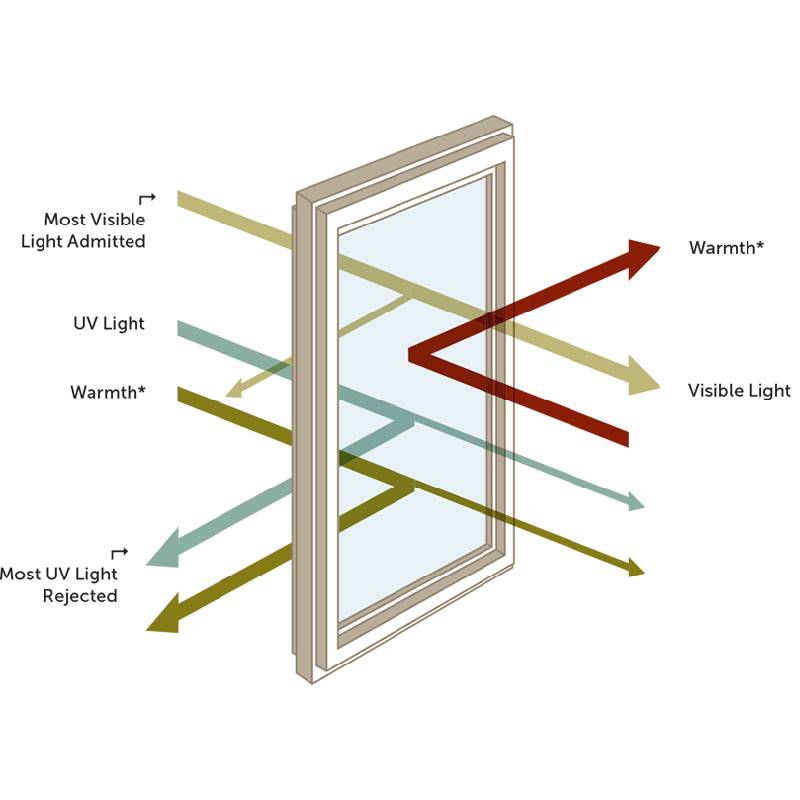

The Fascinating World of Bubble Pattern Glass
Bubble pattern glass, known for its unique visual texture and intriguing aesthetic, has captured the hearts of artists, architects, and collectors alike. This distinctive type of glass art is characterized by the presence of bubbles trapped within the glass, creating a mesmerizing effect that mimics the beauty of nature. The history, techniques, and applications of bubble pattern glass unveil its charm and significance in the world of decorative arts.
The History of Bubble Pattern Glass
The origins of bubble pattern glass can be traced back to ancient glass-making traditions. Early artisans discovered that by manipulating the molten glass, they could create various textures and patterns. Over centuries, techniques evolved, leading to the artistic expression we see today. The use of bubbles as a design element became particularly prominent in the 20th century, coinciding with the Art Nouveau movement. Artists like Louis Comfort Tiffany incorporated bubble glass into their work, showcasing its potential for dynamic light interplay and visual intrigue.
The Techniques Behind Bubble Glass
Creating bubble pattern glass involves a meticulous process that requires skill and precision. The glassblower begins with molten glass, which is heated to extreme temperatures. By introducing air into the glass while it is still pliable, the artisan can create bubbles of varying sizes. The placement and size of these bubbles can be controlled to achieve the desired aesthetic.
Several techniques exist to enhance the bubble pattern. One popular method is pulegoso, originating from Italian artisans who mastered the art of creating glass with numerous bubbles. Another technique involves layering different colors of glass, allowing the bubbles to reflect and refract light in captivating ways. The result is a piece that not only serves as a functional object but also as a striking work of art.

The Aesthetic and Functional Appeal
Bubble pattern glass is celebrated not only for its artistic beauty but also for its versatility. It can be used in various applications, ranging from decorative vases and bowls to architectural elements like windows and partitions. The bubbles create unique light effects, casting dynamic shadows and reflections that change throughout the day.
In contemporary interior design, bubble pattern glass is increasingly favored for its ability to add character and depth to spaces. Designers often use it as a statement piece, whether in lighting fixtures, wall art, or as accents in furniture. Its organic shapes and translucent qualities allow it to harmonize with various styles, from minimalist to bohemian.
Collecting Bubble Pattern Glass
For collectors, bubble pattern glass offers a rewarding experience. Each piece carries its own story, reflective of the techniques and materials used in its creation. The uniqueness of bubble pattern glass means that no two items are exactly alike, making them highly sought-after collectibles. Enthusiasts often explore various styles, from vintage items to contemporary works, and appreciate the craftsmanship involved in each unique creation.
Conclusion
Bubble pattern glass stands as a testament to the creativity and innovation of glass artists throughout history. Its enchanting appearance and versatile applications ensure its place in both art and functional design. As more individuals and designers embrace this distinctive medium, the allure of bubble pattern glass continues to grow, celebrating the interplay of art, light, and nature in our everyday lives. With its transformative qualities, bubble pattern glass is not merely an object but an experience of visual delight, inviting us to appreciate the beauty that can be created through skilled craftsmanship and the natural wonder of bubbles.